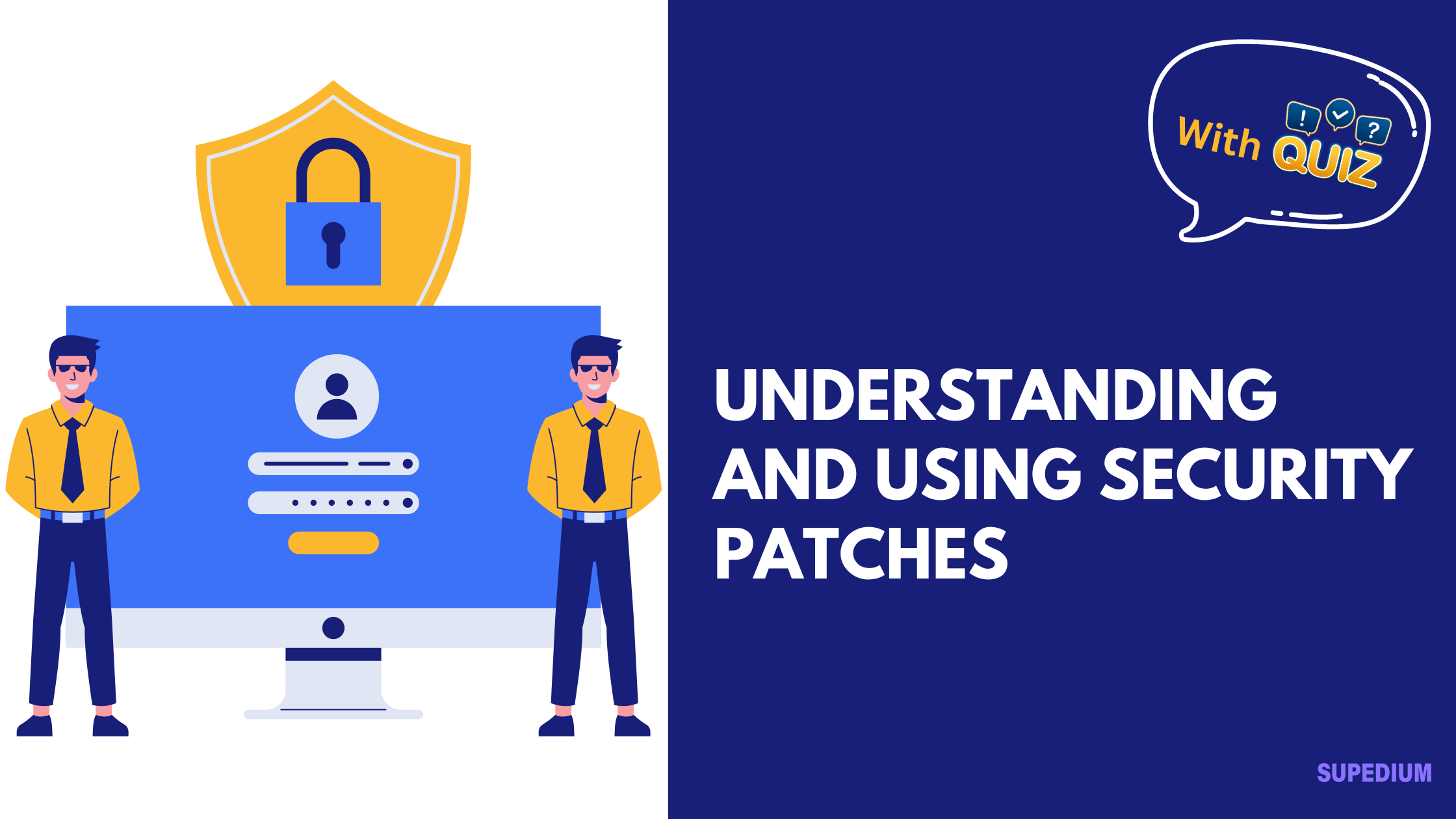Table of Contents
![]()
Conduct disorder in children goes bad past behaviour. It’s a diagnosable mental health condition that is characterized by patterns of separating social standards And others’ rights. It is estimated that between 1 and 4% of 9 to 17-year-olds have conduct disorder. It’s more prevalent in boys than in girls.
Children with behaviour disorder need to get professional treatment. Recognizing the early warning signs can help you take suitable action.
Indications of Conduct Disorder
Conduct disorder goes beyond normal adolescent rebellion. It involves behaviour conditions that will likely raise alarm among parents, teachers, peers, and adults.
To qualify for a diagnosis of conduct disorder Must exhibit at least three of those symptoms in the last year and at least in the previous six weeks:
Aggression Toward People and Animals
- Often bullies threaten or intimidate others
- Often initiates physical fights
- Has used a weapon that could result in significant injury
- Physical cruelty to individuals
- Physical cruelty to animals
- Stealing while confronting a victim
- Forced sexual activity
Home Destruction
- Deliberate fire setting
- Other destruction of land
Deceptiveness or Theft
- Breaking or entering a home, car or construction
- Lying for private gain
- Stealing without facing the victim (like shoplifting)
Intense Rule Violation
- Staying out at night or being truant before age 13 years
- Has run away from home overnight at least twice
- Is often truant from school, beginning before age 13
kinds of Conduct Disorder
The DSM-5, Which can be used to diagnose distinguishes between behaviour disorder, disorders with or without emotions that were restricted. A lack of remorse characterizes People with limited emotions, are callous, and lack. They are unconcerned about their performance at work or school and have emotions. Their expressions could be used to control others when present.
Conduct Disorder Impairs a Kid’s Functioning
Conduct disorder is a challenge for health professionals –it Impairs a child’s ability to work. Children with conduct disorder misbehave. They could be truant and receive regular action. Children with conduct disorder may be dropping out of college or at a greater risk of failure.
Children with conduct disorder have poor relationships. The Struggle to maintain and to develop friendships. Their relationships with family members suffer as a result of the seriousness of their behaviour.
Adolescents with conduct disorder are more likely to have legal problems. A disregard for the law, violent behaviour, and substance abuse may lead to incarceration.
They may be at a greater risk of sexually transmitted diseases. Studies show they’re less likely to use protection and adolescents with conduct disorder are more likely to have multiple sexual partners.
Potential Causes of Conduct Disorder
Researchers are not exactly sure why some children grow behaviour disorder. There are likely many different social, psychological and biological factors involved. Those variables overlap.
Here are
- Brain abnormalities: Neuroimaging studies suggest children with conduct disorder might have some functional abnormalities in certain areas of the brain. The pre-frontal cortex (which affects judgment) and the limbic system (which affects psychological reactions ) may be diminished.
- Genetics: Studies indicate anti-social behaviour is roughly 50 per cent inheritable.
- Researchers aren’t certain what elements contribute to behaviour disorder.
- Social issues — Poverty, cluttered areas, poor schools, family breakdown, parental psychopathology, harsh parenting, and insufficient supervision are strong correlates of behaviour disorder.
- Cognitive deficits: Low IQ, poor verbal skills, and impairment in executive functioning can make children more vulnerable to conduct disorder.
Oppositional Defiant Disorder as a Precursor to Conduct Disorder
Some children with the oppositional defiant disorder go on to develop conduct disorder. The oppositional defiant disorder is a behaviour disorder which Involves a pattern of defiance and irritable or angry mood, argumentativeness, and vindictiveness. As a child ages, the oppositional defiant disorder may progress without the therapy.
Frequent Comorbid Conditions
Children with conduct disorder have other health issues Or cognitive. Here are the most common comorbid conditions:
- ADHD
- Self-harm
- Substance abuse
- Depression and anxiety
- Posttraumatic stress disorder
- Learning disability
Children with conduct disorder may be more likely to develop antisocial personality disorder later in life.
How Conduct Disorder Is Diagnosed
Conduct disorder in children can be diagnosed with a health professional or doctor. Many times, there is a diagnosis made to remedy behaviour problems at school and home are unsuccessful.
An expert may interview the child, review documents, and request Instructor and parents complete questionnaires. Evaluation tools and psychological testing could be used to evaluate a child for behaviour disorder.
Treatments
Treatment for conduct disorder Depends on many factors, like the severity of behaviour issues and a child’s age. The most common treatment approaches include:
- Psychotherapy: Individual treatment may be helpful when a child could benefit from learning new skills, such as anger management and impulse control.
- Parent training: Treatment often involves parents and dentists. Parents might be educated behaviour management strategies and methods to improve safety in the home if a child is competitive or abusive.
- Family therapy: Parents, siblings, and other family members might be invited to attend treatment with the child. Enhancing the relationship between a child and parents may improve family interactions.
- Residential placement: In circumstances where a child or teenager’s behaviour is now out of control, a residential area may be required to keep everybody safe. An environment may address sexualized behaviour substance abuse problems or violence.
- Medicine: There is not a medicine that treats behaviour disorder. But drugs may be prescribed by a physician to address the underlying illness or to treat the disease’s symptoms.
Early intervention is the key to getting the Best Treatment, therefore it’s essential for parents, teachers, and doctors to So that, Know about the symptoms of conduct disorder Interventions and referrals could be put into place.
Share This




Be the first to comment